All products featured are independently chosen by us. However, SoundGuys may receive a commission on orders placed through its retail links. See our ethics statement.
The best wireless headphones 2025: Tested by experts
June 24, 2025
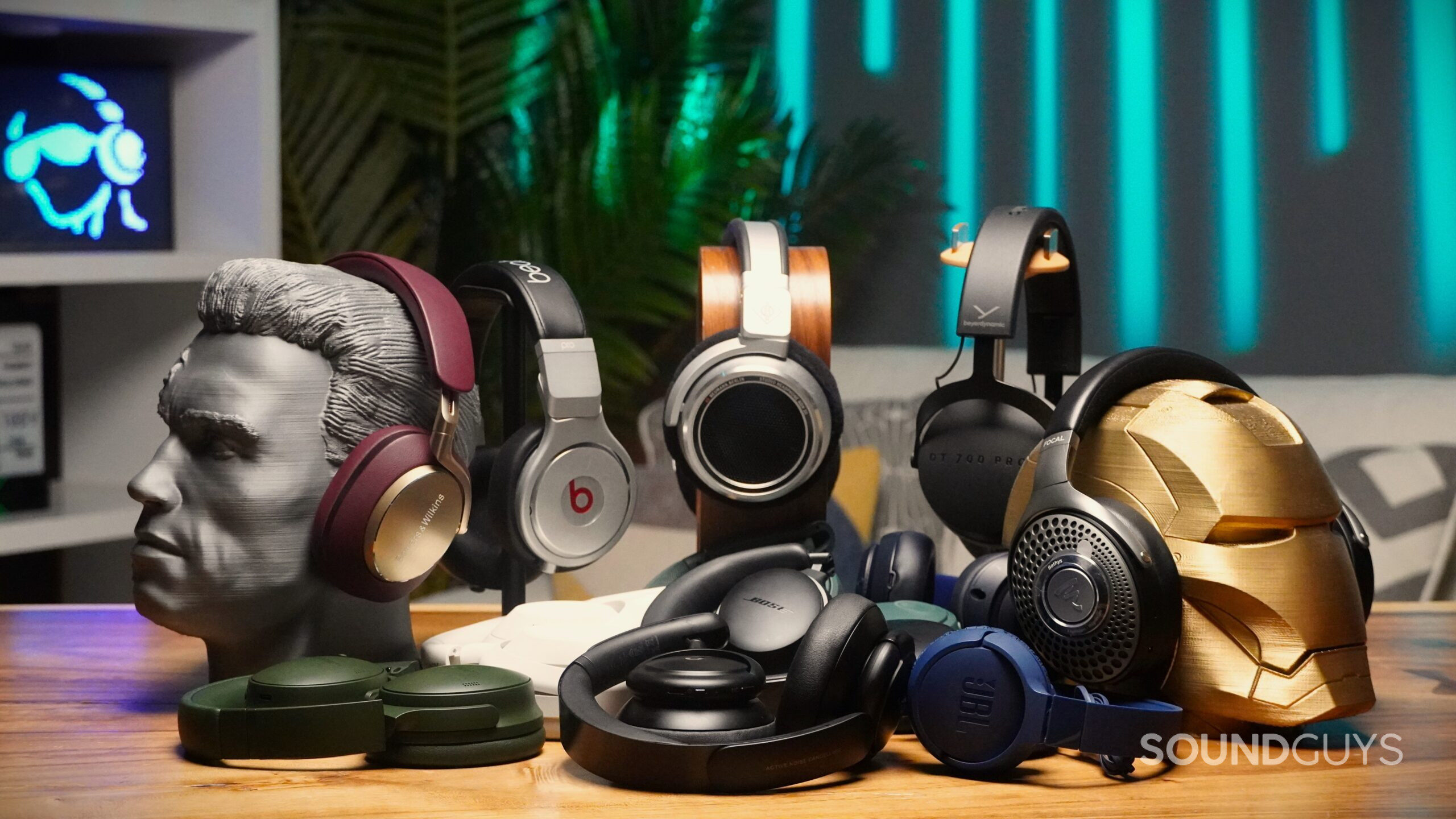
Wireless headphones have transformed personal audio over the last decade, evolving into essential tools for music lovers, commuters, gamers, and remote workers alike. In 2025, the headphone market is overflowing with standout options from brands like Sony, Bose, Apple, and newcomers pushing the envelope on comfort, battery life, and smart features. Today’s wireless headphones aren’t just about sound—they’re lifestyle companions that blend noise canceling, multipoint connectivity, and even spatial audio to enhance how we experience the world.
We’ve tested over 100 wireless headphones in our lab over the years. Each of our recommendations is backed by objective testing data gathered under controlled conditions. We measure frequency response against our preference curve, analyze noise isolation performance, and log real-world battery life. We also use the MDAQS algorithm to generate sound quality scores based on a virtual panel of listeners, and we include microphone demos across various environments. This ensures you get the facts you need to choose the best wireless headphones for your life—whether you’re looking for something to wear on your commute, to focus at work, or to just disappear into your music.
June 24, 2025: Updated formatting and general information about buying wireless headphones in 2025. Added the JBL Tour One M3 as a notable mention.
The Quick Answer
For a quick guide to the best wireless headphones that suit your needs and budget, check out our top picks below. Each has a link to our full review.
The best overall:
The best for travel:
The best for gaming:
The best mid-range:
The best budget pick:
The best for iPhone:
Best wireless headphones for most people: Sony WH-1000XM6


Our testing shows the Sony WH-1000XM6 ANC performance is particularly impressive, effectively reducing low-frequency sounds like engine noise and street bustle to about one-eighth of their original perceived loudness. I found the sound quality, while not perfect out of the box, is highly customizable. The default tuning is substantially better than previous versions of the same line, but you can easily equalize to your tastes with the Sound Connect app. The WH-1000XM5’s comfort and usability also stand out. With a lightweight design and a wide band, I found they’re comfortable for extended wear. Intuitive touch controls and smart features like speak-to-chat and quick attention mode add to the overall user experience, making these headphones a versatile companion for commuters and frequent travelers.
Read our full Sony WH-1000XM6 review
Best noise canceling headphones: Bose QuietComfort Ultra
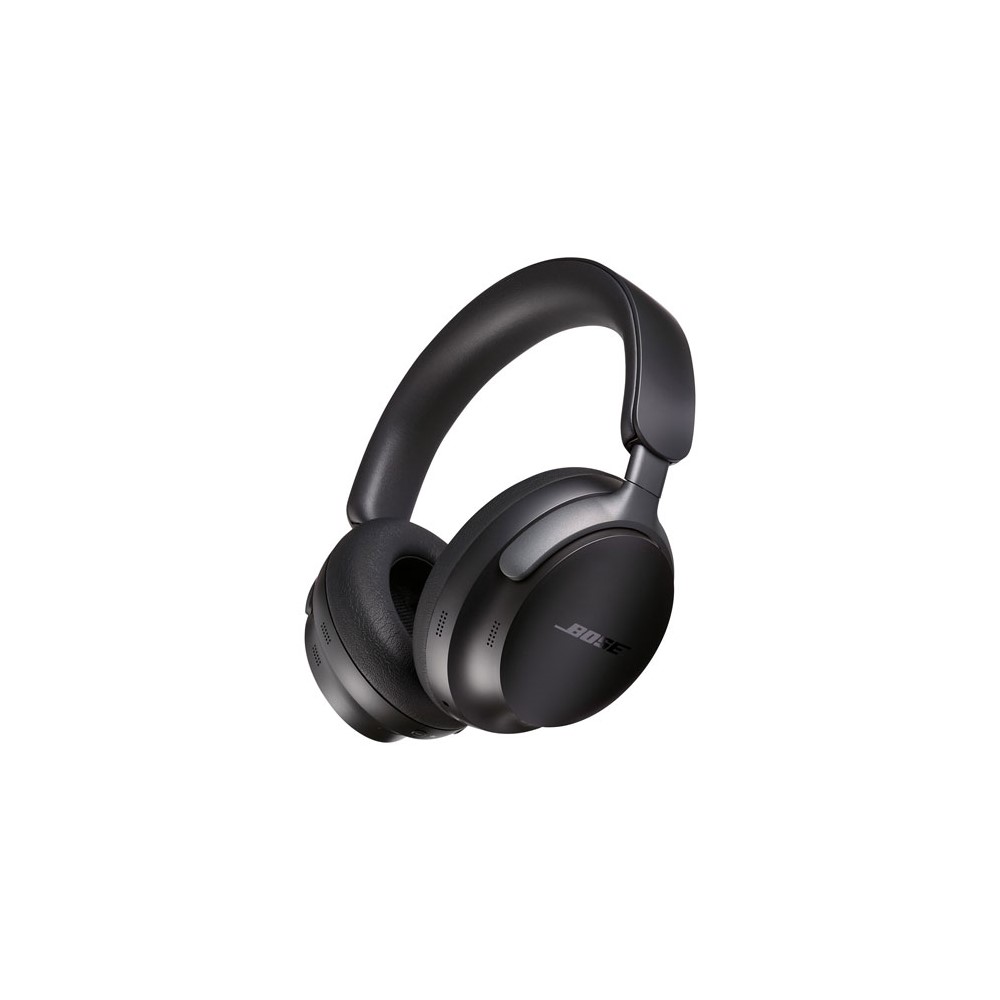
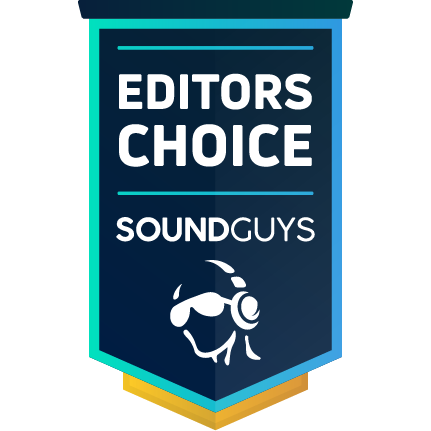
The Bose QuietComfort Ultra Headphones deliver excellent active noise cancelation and impressive sound quality in a comfortable, lightweight package. The ANC performance is top-notch, reducing low-frequency noises like bus engines and airplane whines by about 87% according to our testing. I also found the passthrough mode, called Aware Mode, is quite good, faithfully representing surroundings without aggressive band-limiting. Sound quality is a strong point, with a well-balanced profile that can be further customized through the Bose Music app’s EQ settings. The headphones use CustomTune technology to adjust the sound to your individual ear anatomy, resulting in a consistently good listening experience across users.
While I found some minor channel balance issues, most listeners will find the audio quality more than satisfactory. The headphones support advanced codecs like aptX Lossless and Snapdragon Sound, future-proofing them for upcoming developments in wireless audio. However, these features are currently limited to Android users with specific hardware. The lack of water resistance and USB-C audio passthrough are notable downsides. Still, overall, the Bose QuietComfort Ultra Headphones offer a compelling package for those seeking high-quality ANC headphones.
Read our full Bose QuietComfort Ultra review
Best wireless headphones for gaming: SteelSeries Arctis Nova 5X

The SteelSeries Arctis Nova 5X stands out as a high-value, multi-purpose gaming headset. Its unique selling point is the wide compatibility across all major gaming platforms, thanks to a clever USB dongle design. The headset excels in comfort, featuring breathable fabric ear pads and a suspension band that distributes weight evenly. Audio quality is customizable through the companion app, which offers over 100 game-specific EQ presets. While it lacks ANC, our testing shows the Arctis Nova 5X delivers on battery life, microphone quality, and overall versatility, making it an excellent choice for gamers who own multiple consoles or switch between devices frequently.
Read our full SteelSeries Arctis Nova 5X review
Best wireless headphones under $200: Sennheiser ACCENTUM Wireless


The Sennheiser ACCENTUM Wireless offers a compelling mix of features at a more affordable price point compared to top-tier ANC headphones. I found these lightweight headphones provide impressive comfort for extended listening sessions, with adequate padding that suits most users. Our testing shows that sound quality is a strong point, with a well-balanced profile that leans slightly towards enhanced sub-bass. The 5-band equalizer in the Sennheiser Smart Control app allows for fine-tuning to personal preferences. While the ANC performance is decent, reducing low-frequency noise by up to 75%, it falls short of the noise canceling capabilities of more expensive competitors.
The headphones lack a 3.5mm jack, which may disappoint some users. However, they do support USB-C audio for lossless listening. The Smart Control app offers additional features like sidetone adjustment and device management. The microphone quality for calls is adequate but struggles with noise rejection in some environments. Overall, the Sennheiser ACCENTUM Wireless represents an excellent choice for budget-conscious consumers who prioritize sound quality and comfort over cutting-edge ANC performance or advanced features.
Read our full Sennheiser ACCENTUM Wireless review
Best wireless headphones under $100: JLab JBuds Lux ANC


The JLab JBuds Lux ANC offer exceptional value for budget-conscious consumers seeking active noise canceling headphones. At just $79.99, I found these over-ear headphones deliver impressive performance in key areas. Sound quality is a strong point, with a consumer-friendly profile that emphasizes bass and treble. While this can lead to some fatigue during extended listening sessions, it works well for commuters dealing with environmental noise. The JLab app provides a 10-band EQ for sound customization.
The ANC performance is decent for the price, reducing low-frequency noise by 50-75% below 700Hz. The headphones excel at isolating high-frequency sounds, blocking up to 46dB in higher ranges. Comfort is also noteworthy, with well-padded ear cups and a breathable headband that accommodates glasses wearers.
Battery life is impressive, with a quick charge feature providing 4 hours of playback from a 10-minute charge. While they lack advanced features like spatial audio or high-end codecs, the JLab JBuds Lux ANC focuses on fundamentals, offering USB-C audio and a foldable design for portability.
Read our full JLab JBuds Lux ANC review
Best for iPhone: Apple AirPods Max


The Apple AirPods Max cost $499 at Amazon, which means plenty of us would need to take out a small loan just to afford Apple’s noise canceling headphones. Since we’re not financial advisors here, it’s a bit unwise to recommend you purchase something so pricey when other products of similar quality go for much less. However, the AirPods Max perform better than most other headphones we’ve tested for active noise canceling, and we also found these headphones sound really good. The AirPods Max may be right up your alley if money isn’t an object and you’re happy to pay a premium for absolute convenience (assuming you’re deep into the Apple ecosystem).
Apple integrated its H1 chip into each AirPods Max ear cup, so it has plenty of processing power for features like Adaptive EQ, Transparency mode, active noise canceling, hands-free Siri access, automatic device switching, and more. Depending on your Apple hardware, these features require basic operating system requirements, so that’s something to keep an eye on. Battery life is on par with the Sony WH-1000XM4 at around 20 hours, and you need a Lightning cable to charge the AirPods Max. It supports passthrough audio if you purchase a Lightning to USB-C cable, which may be useful for audiophiles.
Read our full Apple AirPods Max review
The best wireless headphones: Notable mentions
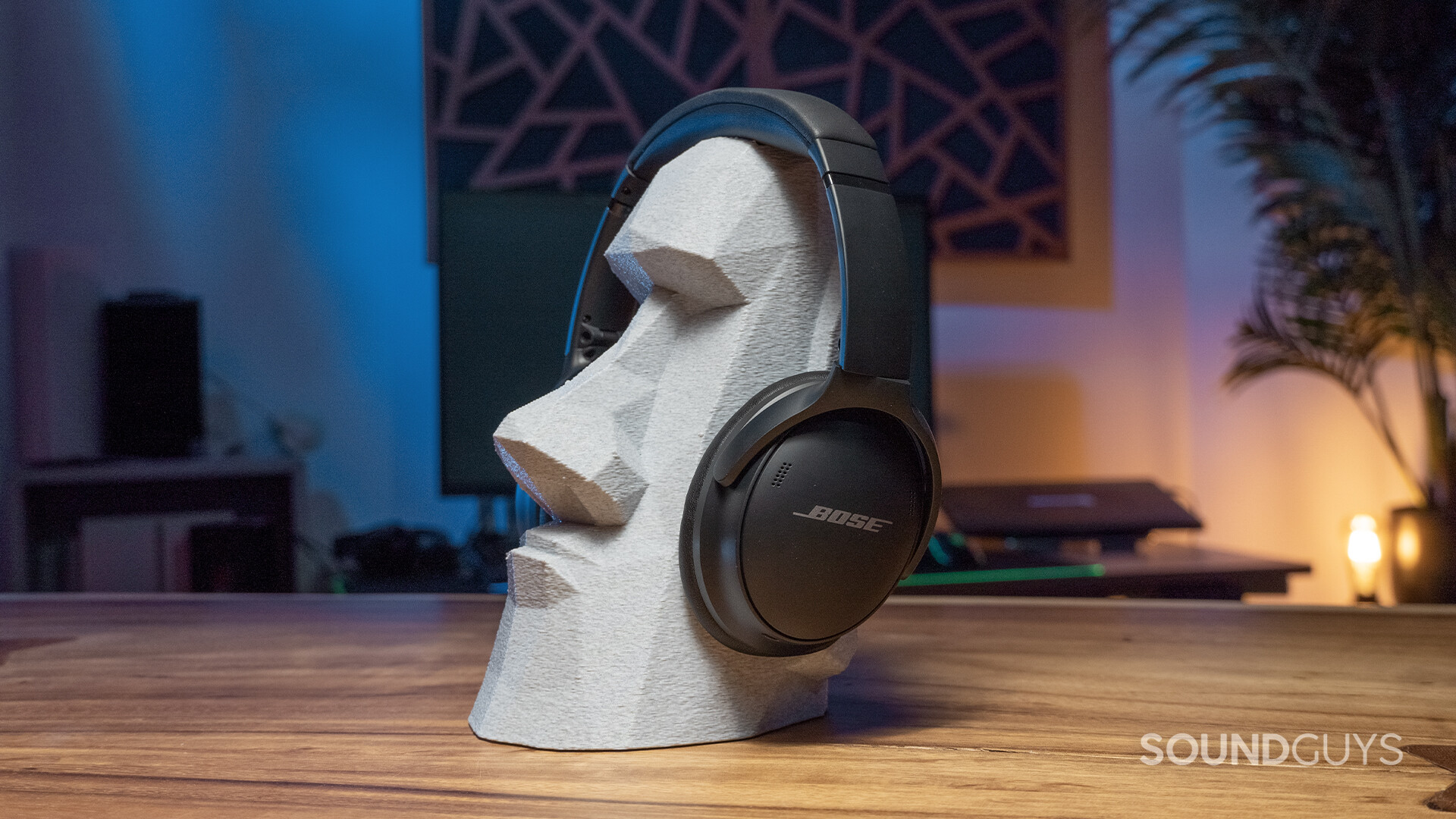
- 1MORE SonoFlow ($99.99 at Amazon): The 1MORE SonoFlow are good-sounding, feature-rich headphones that won’t break the bank. Commuters and travelers will enjoy the ANC, long battery life, and plush ear pads. Experienced listeners will enjoy decent sound and EQ options.
- Anker Soundcore Space One ($99.99 at Amazon): These headphones bring most of the same features of flagship competitors for a fraction of the price.
- Anker Soundcore Life Q30 ($79.99 at Amazon): With good sound, active noise canceling, and battery life, these are some of the best-value headphones on the market. If you have a budget of $100, don’t hesitate to buy the Anker Soundcore Life Q30.
- Anker Soundcore Space Q45 ($149 at Amazon): These headphones tick most boxes for the price. The Bluetooth or wired-equipped over-ear headphones supply good codecs, AAC, and LDAC and sound pretty good. They also have decent noise canceling.
- Audio-Technica ATH-M20xBT ($79 at Amazon): This budget-friendly set of headphones is designed to go with you to and from the studio. It sports a fairly steep volume roll-off in the sub-bass, but otherwise, it should please all but the bass heads.
- Bose QuietComfort Headphones ($349 at Amazon): If you want the decent active noise canceling and comfort around, look no further.
- EarFun Wave Pro ($79.99 at Amazon): If you have a limited budget, the EarFun Wave Pro are a great option. With exceptional battery life, decent ANC, and advanced connectivity, these headphones are ideal travel or commuting headphones.
- Focal Bathys ($699 at Amazon): Look, Apple started it. The prices of wireless headphones have been increasing. At least with the Focal Bathys, you’re getting a superb-sounding pair of headphones with ANC, but that doesn’t come cheaply.
- JBL Live 660NC ($149 at Amazon): Striking a reasonable balance between form, function, and cost, these noise canceling headphones do a good job of quieting noise, working as expected, and throwing in a bit of extra bass.
- JBL Tour One M3 (on the product's website): The JBL Tour One M3 are packed full of features, including an internal DAC and Auracast, and a SMART Tx accessory to share audio with other devices.
- Marshall Major IV ($116 at Amazon): If you’ve worn a lot of on-ear headphones, you know that they can feel uncomfortable pretty quickly. However, the Marshall Major IV is a notable exception, with memory foam ear pads and a lightweight build with a foldable design.
- Sennheiser MOMENTUM 4 Wireless ($289.23 at Amazon): If you’re looking for a slightly more affordable set of ANC headphones in comparison to the Bose or Sony offerings, the Sennheiser MOMENTUM 4 Wireless is not a bad way to go. While its ANC is technically behind the other top-tier headphones, its sound quality is ahead of the pack—as is its battery life. Not bad for the bargain bin.
- Sonos Ace ($449 at Amazon): These are a pair of headphones designed for people who really enjoy immserive formats like Dolby Atmos, or for consumers who have already invested in the Sonos speaker and soundbar ecosystem.
- Sony ULT Wear ($199.99 at Amazon): These are best suited for commuters who want good ANC but aren’t willing to shell out for the highest-end options. They have a heavy bass emphasis and larger ear pads which should do well for those with slightly larger heads.
- Sony WH-CH720N ($98 at Amazon): If you’re looking for a decent set of noise canceling cans but don’t want to shell out the top-tier headphones, consider the Sony WH-CH720N as a good in-between option. These balance app support, good battery life, and solid functionality.
- Sony WH-XB910N ($148 at Amazon): If you want a bass-heavy headset with very good ANC and plenty of software features, including 360 Reality Audio, this is a good pick.
- Sony WH-1000XM5 ($448 at Amazon): This is one of the better active noise canceling headphones available, even though the newer Sony WH-1000XM6 outperforms it handily.
How we choose the best wireless headphones

Selecting the best products in any category requires a tailored approach. For wireless headphones, we prioritize several key factors to ensure our recommendations meet the highest standards of quality and user experience.
- Bluetooth connectivity: A strong, stable wireless connection is paramount. We rigorously test each headphone’s Bluetooth performance, considering factors like range, stability, and codec support.
- Sound quality: We evaluate each headphone’s sound, frequency response, and overall listening experience across various music genres and content types and how well it compares to our preference curve. We use the Multi-Dimensional Audio Quality Score (MDAQS) algorithm to rate sound quality on a scale from 1-5, based on what most listeners prefer.
- Battery life: We conduct standardized battery tests and consider factors like quick charging capabilities.
- Comfort and design: Since wireless headphones are often used for extended periods, comfort is essential. We assess the build quality, weight distribution, and long-term wearability of each model.
- Features and usability: We examine additional features such as active noise cancellation, companion apps, touch controls, and multi-device pairing, evaluating how they enhance or hinder the overall user experience.
- Value for money: We consider the price-to-performance ratio, ensuring our recommendations offer good value across various budget ranges.
- Objective testing: Our team uses specialized software and measurement equipment to conduct objective tests on parameters like frequency response, isolation, and microphone quality.
- Real-world testing: In addition to lab tests, we use each headphone in various real-life scenarios to assess its practical performance and reliability.
By combining these criteria, we aim to provide a comprehensive and balanced view of the best wireless headphones available, catering to a wide range of user needs and preferences.
Why you should trust SoundGuys
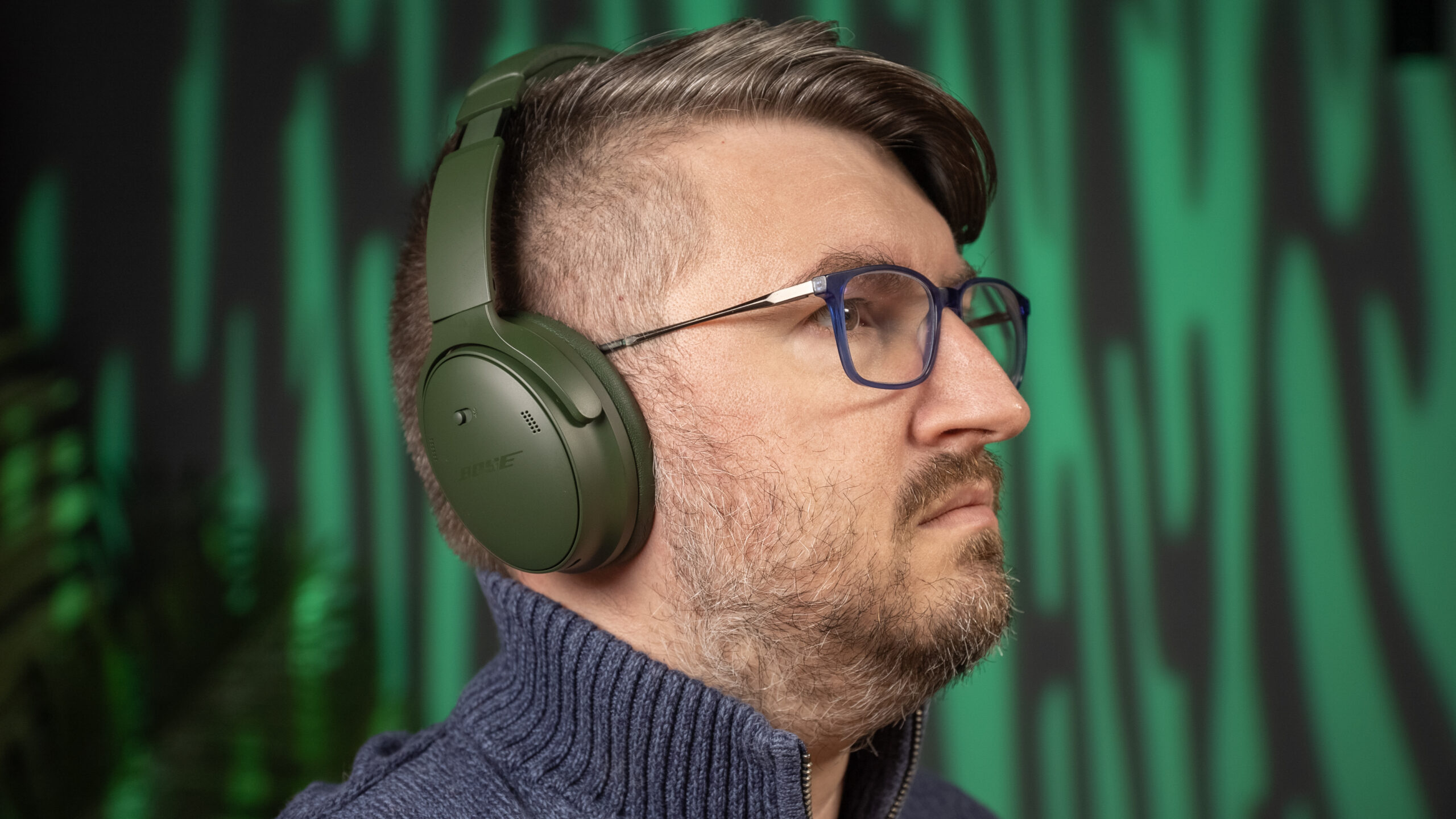
Our recommendations come from rigorous testing of over 100 headphone models in our lab. We put each pair through a series of standardized tests in controlled conditions to ensure our top picks are backed by objective data. Our process includes measuring frequency response, evaluating noise attenuation, and conducting battery life tests. We also use the MDAQS algorithm to generate sound quality scores from a virtual panel of listeners, providing an unbiased assessment of audio performance. For headphones with microphones, we test call quality in various simulated environments to ensure clear communication whether you’re in a quiet room or a bustling café.
Why do we go to such lengths? To cut through the marketing hype and provide you with reliable information to choose the best wireless headphones for your needs.
Each writer at SoundGuys has accumulated years of experience reporting on the consumer audio market, and our staff adheres to a strict ethics policy. SoundGuys’ survival depends almost exclusively on readers enjoying their purchases. We pride ourselves on transparently outlining objective facts while accounting for the subjective experience to contextualize an audio product’s performance. When we do misspeak, we correct and own up to it.